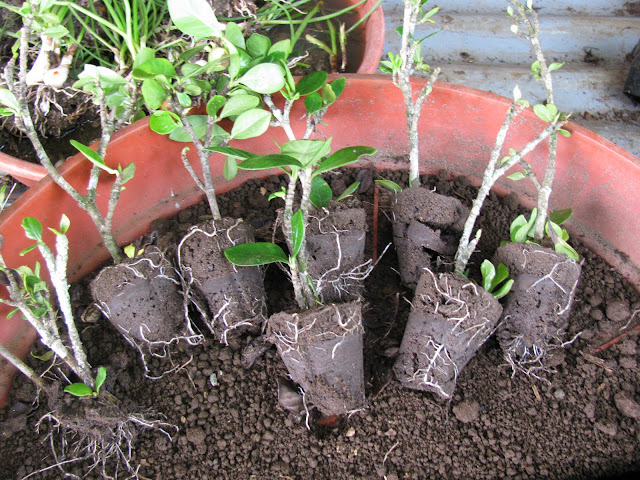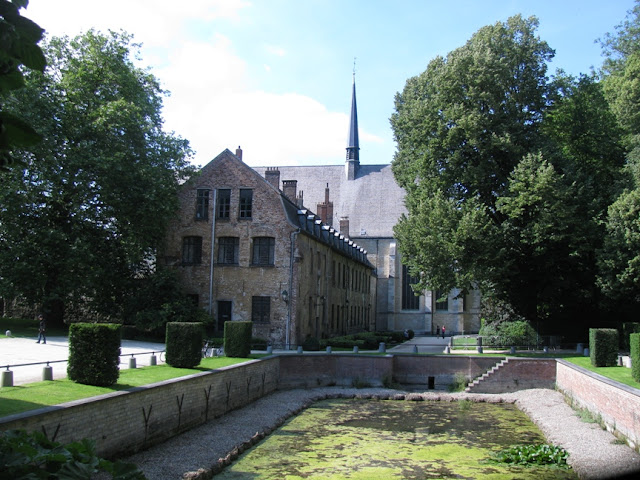This is Pebble looking thoughful ... for once. Usually he leaps into action before thinking although he is usually able to figure out how to get out of trouble when things get ... complicated.
The Pink Orchid Tree is flowering AGAIN. Oh and I have 4 seedlings that I found under it which I assume are from seeds that dropped and germinated. I need to try and harvest the seed pods and germinate some myself.
This is Ghost cozening up to Brown Dog. They are best of freinds and Ghost has a strange habit of sticking his face in her fur and then doing the whole kneading thing.
Bleeding Heart
Gloriosa superba ( Gloriosa lily, glory lily)
Rocky a.k.a Nirvana Kitty / The Benevolent One ... in this instance looking very guilty because I was telling him off after catching him climbing the new shelf on which I had moved all my Zepheranthes rosea (Pink Rain lilies).
Photographic evidence. Unfortunately it only proves he is able to climb up NOT that he is responsbile for the paw prints amongst the squashed seedlings. I have covered the seed trays with coco wire to hopefully avert any further damage.
Dwarf Red Ixora
Dwarf Red Ixora
Blue Iris (Neomarica?)
Flora and Fauna - Plants and Critters Blog by Vincent Albert Vermeulen is licensed under a Creative Commons Attribution-NonCommercial-ShareAlike 3.0 Unported License.
Based on a work at http://plantsandcritters.blogspot.be/.
Permissions beyond the scope of this license may be available at http://plantsandcritters.blogspot.be/.
Additional information:
Here is a list of my blogs:
·
Flora and
Fauna - Plants and Critters (on plants, animals as well as gardening,
conservation and environmental matters): http://plantsandcritters.blogspot.com/
·
The Blood
of Souls (language,
translation and etymology) : http://thebloodofsouls.blogspot.com/
·
Whiskers on
Kittens (Life with Kittens and Cats in general) : http://whiskersonkittens-vincent.blogspot.com/












































